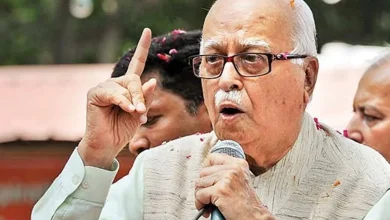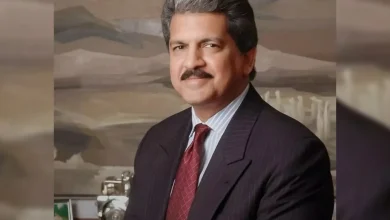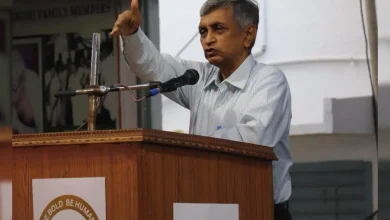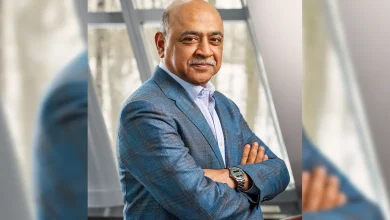Beyond Brushes: The Bold and Beautiful World of M. F. Husain
Public Figure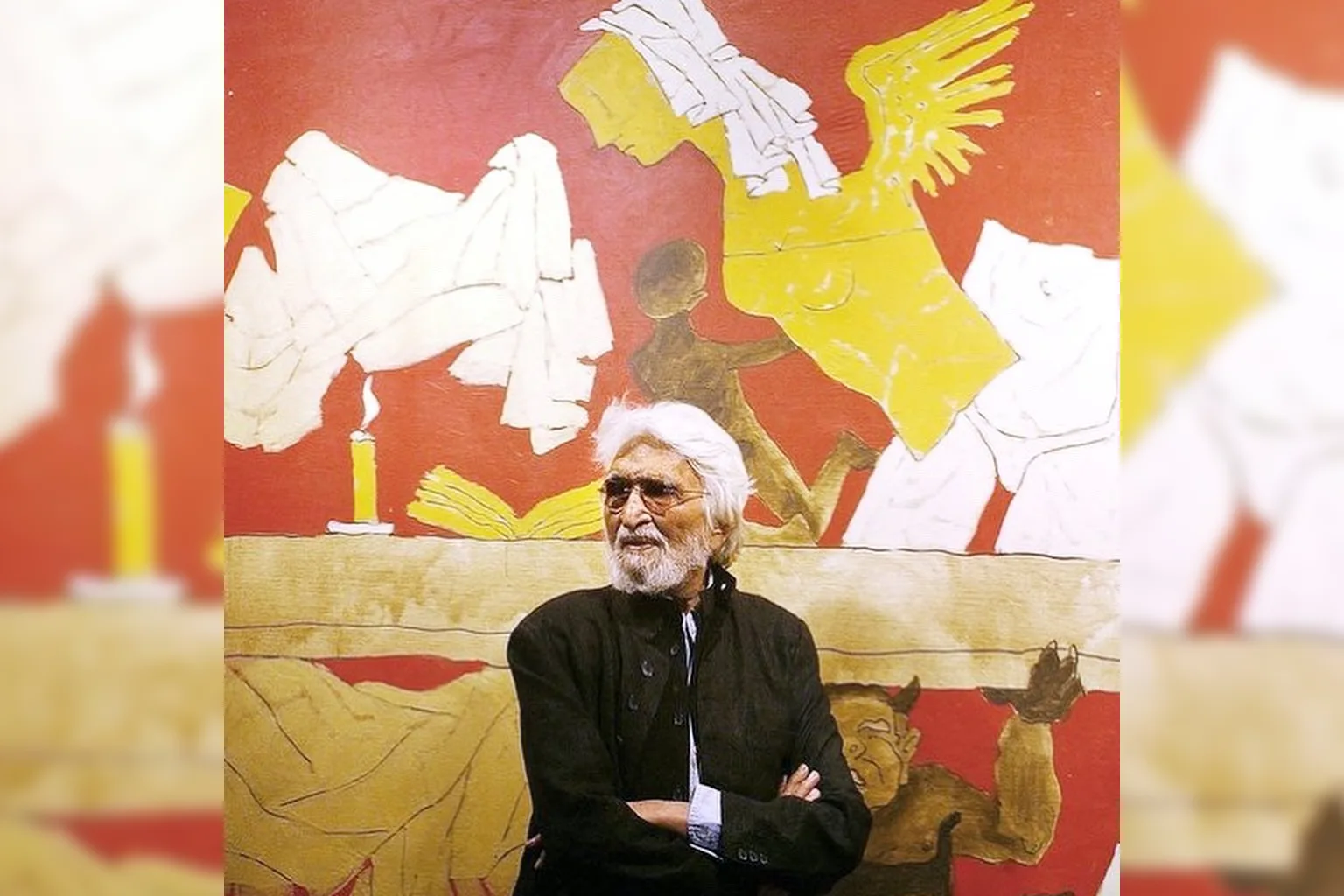
Maqbool Fida Husain, better known as M. F. Husain, was not just a painter — he was an artistic force who challenged conventions, redefined modern Indian art, and lived a life as bold and colorful as his canvases. Often hailed as the Picasso of India, Husain’s work went beyond mere brushstrokes. His paintings, films, and installations carried the weight of history, myth, and modernity — all expressed in a uniquely vibrant style that captivated audiences worldwide.
From Footpaths to Fame
Born in 1915 in Pandharpur, Maharashtra, Husain’s early life was marked by hardship. After losing his mother at a young age, he was largely self-taught, sketching cinema hoardings and painting billboards in Mumbai to earn a living. These humble beginnings influenced his bold visual storytelling, which often carried cinematic flair.
His rise to fame came when he became part of the Progressive Artists’ Group in the late 1940s, a movement that sought to break away from colonial art styles and embrace a uniquely Indian modernism. Husain quickly emerged as one of its brightest stars.
An Artist Who Painted India’s Soul
Husain’s art was deeply rooted in Indian culture, mythology, and everyday life. From Hindu goddesses to rural scenes, from Mahabharata epics to portraits of Mother Teresa, his works celebrated the complexity of India. His long-limbed horses, vibrant figures, and dynamic compositions became instantly recognizable.
He was not confined to one medium. Husain also ventured into film, sculpture, and photography, directing films like Through the Eyes of a Painter (which won acclaim at the Berlin International Film Festival) and collaborating across art forms.
The Boldness of Expression
What set Husain apart was his fearless approach. He painted subjects others avoided, brought mythological figures into modern contexts, and expressed themes of sexuality, politics, and spirituality with unapologetic boldness.
This boldness, however, often led to controversy. Some of his depictions of Hindu deities in the nude invited protests and legal battles. Though he repeatedly stated his intent was artistic and not derogatory, the backlash eventually forced him into self-exile.
Exile and Global Recognition
In the 1990s and 2000s, Husain spent much of his life abroad, living in Dubai, London, and Doha. Despite the controversies at home, he remained celebrated globally. Exhibitions of his work were held in major cities around the world, and collectors paid millions for his paintings.
In 2010, Husain accepted Qatari citizenship, a decision that reflected both his estrangement from India and his continued quest for creative freedom. Yet, he always carried India in his heart, his art forever tied to its culture and stories.
A Legacy Larger Than Life
- F. Husain passed away in 2011, but his legacy continues to inspire artists across the globe. He showed that art was not just about beauty but also about boldness, questions, and freedom of expression. His canvases remain alive with energy, each stroke telling a story that goes beyond time and place.
For many, Husain’s life is a reminder that true art thrives where courage meets creativity. His work was not about conforming but about challenging — not about pleasing, but about provoking thought.
Conclusion
- F. Husain’s world was not confined to brushes, canvases, or galleries. It was bold, beautiful, and boundless. His journey — from painting signboards on Mumbai streets to becoming one of the most celebrated artists of the 20th century — reflects the transformative power of art and the human spirit.
In redefining Indian art, Husain also redefined what it meant to be an artist: fearless, restless, and always beyond brushes.
